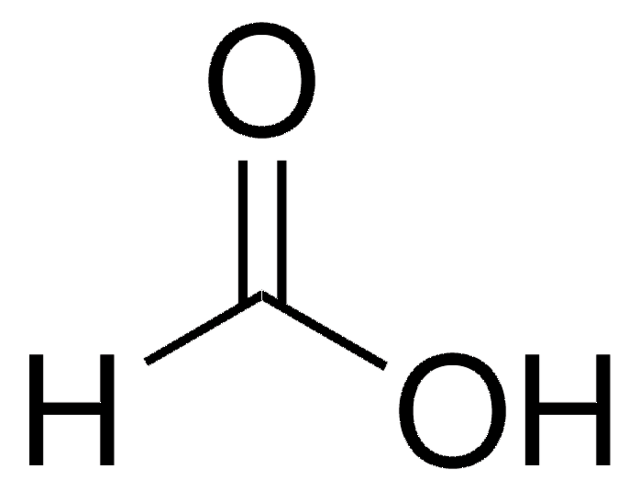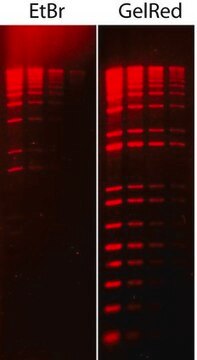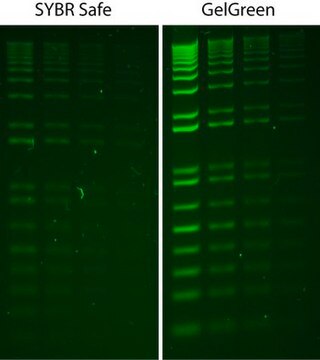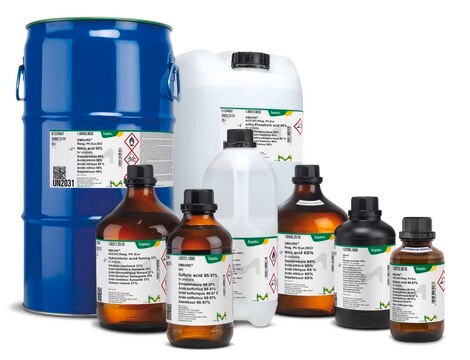1.00264
Ameisensäure 98–100 %
for analysis EMSURE® ACS,Reag. Ph Eur
Synonym(e):
Ameisensäure, Methansäure, Formylsäure, Hydrocarbonsäure, Formalinsäure
About This Item
Empfohlene Produkte
Qualität
ACS reagent
Qualitätsniveau
Agentur
reag. Ph. Eur.
Dampfdichte
1.6 (vs air)
Dampfdruck
44.8 mmHg ( 20 °C)
Produktlinie
EMSURE®
Assay
≥98% (alkalimetric)
Form
liquid
Selbstzündungstemp.
1004 °F
Expl.-Gr.
12-38 % (v/v)
57 %
Methode(n)
HPLC: suitable
Verunreinigungen
≤500 ppm Acetic acid (CH3COOH)
Abdampfrückstand
≤10 ppm
Farbe
APHA: ≤10
Brechungsindex
n20/D 1.370 (lit.)
pH-Wert
2.2 (20 °C, 10 g/L in H2O)
bp
100-101 °C (lit.)
101 °C/1013 hPa
mp (Schmelzpunkt)
8.2-8.4 °C (lit.)
Übergangstemp.
flash point 49.5 °C
Dichte
1.22 g/mL at 25 °C (lit.)
Anionenspuren
chloride (Cl-): ≤5 ppm
sulfate (SO42-): ≤5 ppm
sulfite (SO32-): ≤10 ppm
Kationenspuren
Ag: ≤0.020 ppm
Al: ≤0.050 ppm
Ba: ≤0.050 ppm
Be: ≤0.020 ppm
Bi: ≤0.10 ppm
Ca: ≤0.20 ppm
Cd: ≤0.050 ppm
Co: ≤0.020 ppm
Cr: ≤0.050 ppm
Cu: ≤0.020 ppm
Fe: ≤2.0 ppm
Ge: ≤0.050 ppm
K: ≤0.10 ppm
Li: ≤0.020 ppm
Mg: ≤0.50 ppm
Mn: ≤0.050 ppm
Mo: ≤0.020 ppm
NH4+: ≤10 ppm
Na: ≤0.50 ppm
Ni: ≤0.050 ppm
Pb: ≤0.020 ppm
Sr: ≤0.020 ppm
Ti: ≤0.10 ppm
Tl: ≤0.050 ppm
V: ≤0.050 ppm
Zn: ≤0.050 ppm
Zr: ≤0.10 ppm
heavy metals (as Pb): ≤10 ppm
SMILES String
OC=O
Lagertemp.
15-25°C
InChI
1S/CH2O2/c2-1-3/h1H,(H,2,3)
InChIKey
BDAGIHXWWSANSR-UHFFFAOYSA-N
Suchen Sie nach ähnlichen Produkten? Aufrufen Leitfaden zum Produktvergleich
Verwandte Kategorien
Allgemeine Beschreibung
Anwendung
- Modified QuEChERS method combined with ultra performance liquid chromatography-tandem mass spectrometry for detection of cyclopiazonic acid in feeds: This study demonstrates the use of 98-100% formic acid in a modified QuEChERS method, enhancing the efficiency of toxin detection in animal feeds, crucial for maintaining food safety and environmental health (Peng et al., 2024).
- Adapting Fabric Phase Sorptive Extraction as an Innovative Multitool for Sample Transfer and Extraction in Pharmacokinetic Analysis Followed by LC-MS Determination of Levofloxacin in Plasma Samples: This study utilizes formic acid in developing advanced extraction methods for pharmacokinetic analysis, critical for drug development and therapeutic monitoring in pharmaceutical research (Ekin Dolaksız et al., 2024).
- Stability Indicating Method Development and Validation of Glycyrrhizin Using RP-HPLC-DAD: Application to Glycyrrhiza glabra Extract: This research uses formic acid in chromatographic analyses to ensure the stability and quality of herbal medicine compounds, relevant in both pharmaceutical and biotechnological fields (Lyngdoh et al., 2024).
Hinweis zur Analyse
Verfallsdatum: siehe Produktetikett
Rechtliche Hinweise
Signalwort
Danger
H-Sätze
Gefahreneinstufungen
Acute Tox. 3 Inhalation - Acute Tox. 4 Oral - Eye Dam. 1 - Flam. Liq. 3 - Skin Corr. 1A
Zusätzliche Gefahrenhinweise
Lagerklassenschlüssel
3 - Flammable liquids
WGK
WGK 1
Flammpunkt (°F)
121.1 °F - closed cup
Flammpunkt (°C)
49.5 °C - closed cup
Analysenzertifikate (COA)
Suchen Sie nach Analysenzertifikate (COA), indem Sie die Lot-/Chargennummer des Produkts eingeben. Lot- und Chargennummern sind auf dem Produktetikett hinter den Wörtern ‘Lot’ oder ‘Batch’ (Lot oder Charge) zu finden.
Besitzen Sie dieses Produkt bereits?
In der Dokumentenbibliothek finden Sie die Dokumentation zu den Produkten, die Sie kürzlich erworben haben.
Kunden haben sich ebenfalls angesehen
Artikel
HPTLC-MS was used to analyze stevioside and rebaudioside in artificial sweeteners, stevia plants, cola and isotonic drinks with a minimum of sample preparation.
Protokolle
Thin layer chromatography coupled with mass spectrometry does not require substantial sample preparation. Energy drinks can be applied without dilution directly onto the TLC plate.
Method: Photometric determination with 3,3'-Diaminobenzidine
HPTLC–MS analysis of quinine in tonic water and caffeine in coffee and cola drinks. Tonic and cola drinks decarbonized through ultrasonication, and coffee extracted through PTFE filter.
Unser Team von Wissenschaftlern verfügt über Erfahrung in allen Forschungsbereichen einschließlich Life Science, Materialwissenschaften, chemischer Synthese, Chromatographie, Analytik und vielen mehr..
Setzen Sie sich mit dem technischen Dienst in Verbindung.







